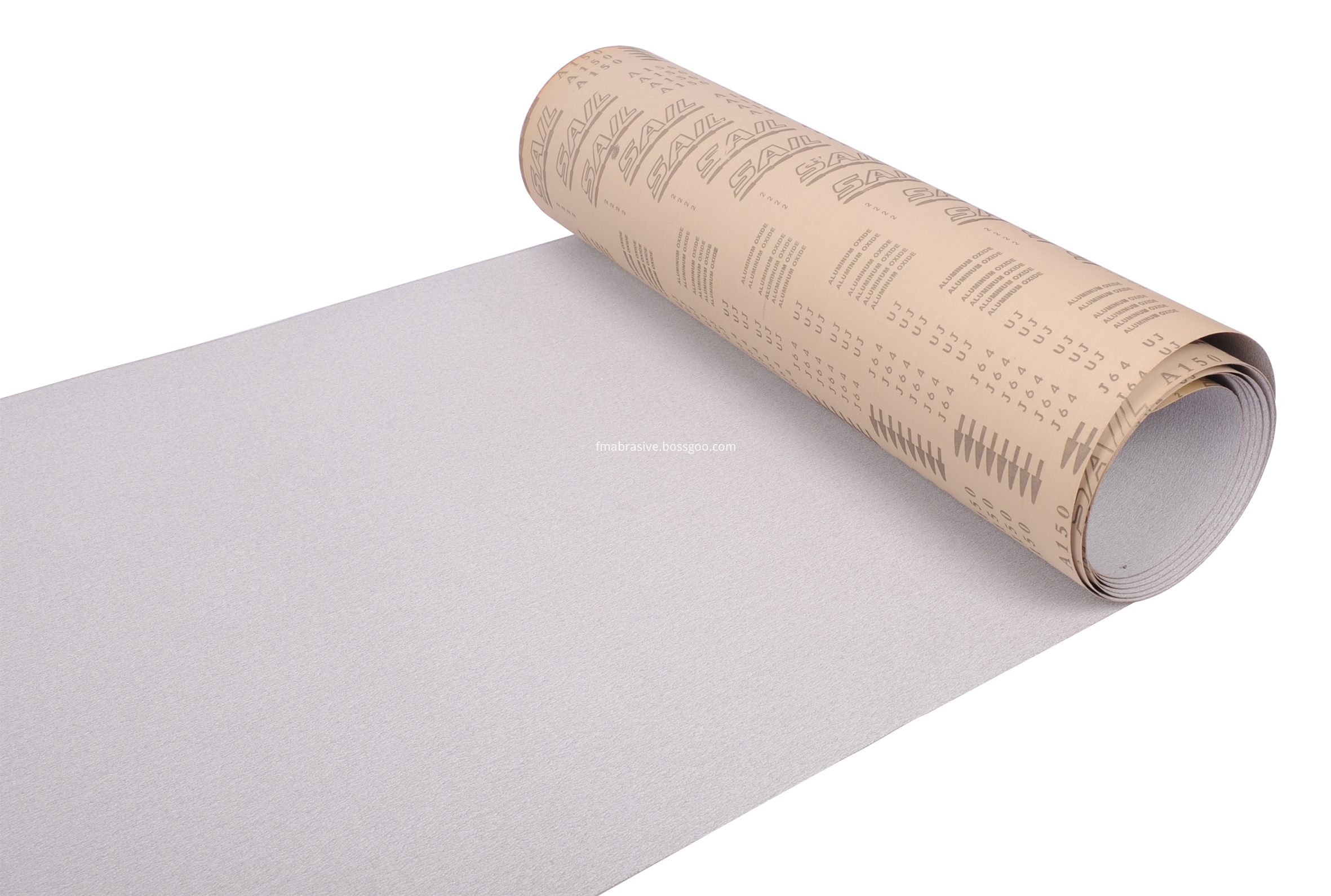Practice has proved that simple processing and preparation of livestock and poultry feed before feeding can greatly improve its utilization rate and improve feeding effect. The following describes 13 processing modulation methods for reference.
1.
Straw, yam, grass, hay, etc. should be chopped and then fed to livestock. The green vegetables that feed the pigs are cut into 1 cm to 2 cm, in order to achieve the effect of "three cuts in the grass, no material and no sputum".
2, powder
Hay, grain and other feeds must be ground and then fed to aid digestion. The degree of chalking should be based on the type of feed and livestock. The feed of pigs and cattle can be pulverized to a thickness of about 1 mm to 2 mm, and the chicken feed should be ground into a coarse powder.
3, pulping
Sweet potato, cassava, beans and cakes should be used as feed for soaking, which is good for digestion, improve feeding effect, and reduce toxins such as hydrocyanic acid in feed.
4, buds
When the grain feed is germinated to 10 cm, the vitamin content, especially carotene and riboflavin, is extremely rich, and it is one of the good sources of vitamins for breeding animals and young animals.
5, weathering
After the fresh feed is harvested, the living cells are still oxidizing the nutrients in the consumed feed, and the microorganisms rapidly multiply and deteriorate. Therefore, fresh feed should be dried in time, but not exposed to avoid loss of vitamins.
6, soften
Corn, wheat, sorghum and bean cake should be soaked in light salt water before feeding, so that it can be softened and then fed. It not only saves feed, but also digests it.
7, heating
Bean feed should be processed and prepared by cooking to destroy the antitrypsin in the bean and increase the effective methionine and cystine in the bean protein, which can improve the biological value of the feed and increase the palatability. The cooking time is about 50 minutes.
8, storage
That is, the green material is stored in various kinds of concrete, pool, cylinder and non-toxic polyethylene plastic bags. The storage can be fermented under anaerobic conditions to produce lactic acid to protect the nutrients of the green material and improve the utilization rate and digestibility. The plastic bag silage has long-term preservation and no mildew, rich nutrition and good palatability.
9, alkalized
The crude material was alkalized with 1% quicklime milk. The water can be immersed in the feed, and the feed is taken out for 24 hours. It is not washed with water. After the feed is alkalized, the livestock can fully digest and absorb the nutrients, and supplement the trace elements such as calcium, magnesium, potassium and sodium, and increase the feed intake. And digestibility.
10, acidification
After mixing with the right amount of phosphoric acid into the green material, add a little Glauber's salt to increase the sulfur-containing compound, help the non-protein compound to form the bacterial protein, enhance the vitality of the lactic acid bacteria, and thus increase the nutritional value.
11.
First cut the coarse material into 2 cm ~ 3 cm, 15 kg of 15 kg of ammonia water per 100 kg of coarse material, sub-laminate, spray layer by layer, seal tight. It can be aminated for 7 days at room temperature of 25 ° C to 30 ° C. When the seal is opened, the aeration is fully aerated, and the residual ammonia is volatilized and fed again. The nutrient value of the crude material is increased after ammoniation. For example, the crude protein contained in the straw is 40% to 280% higher than the untreated straw.
12. Aldehyde
Treatment of feed, silage and hay with formaldehyde can increase its nutritional value. For example, when adding 0.12% formaldehyde and 0.14% formic acid to make grass and legume mixed silage, the heat energy loss is small, and the destruction of protein is almost completely stopped during silage, and the insoluble in silage is increased. Protein nutrients.
13, saccharification
Add 100 kg of crude material to the prepared enzyme (curved drug) from 2 kg to 5 kg, add 100 kg of water and mix well into the cylinder to close, so that the temperature rises to about 40 °C, then press the feed tightly, seal tightly, and control the temperature. Feeding can be taken in days~4 days. The feed has the characteristics of acid, sweetness, aroma, softness and ripeness after saccharification, and the palatability is excellent. The livestock and poultry love to eat and the feeding effect is good.
Semi-friable aluminum oxide is a kind of high-grade corundum synthesized by some advantages of brown corundum and white corundum. Its friability is between white corundum and brown corundum. Its grinding performance is unique, and its application range is wide. Semi-friable aluminum oxide has good toughness and self-sharpening. It can be used in the manufacture of ceramic grinding tools, resin grinding tools and coated abrasives. The bonded abrasive tools with semi-friable aluminum oxide have high durability, good self sharpening and retention. Under the same conditions, the surface quality, the processing efficiency and the durability of the grinding tools which produced from semi-friable corundum are better than those of brown, white, chromium and single crystal corundum when processing some workpieces. For rough grinding, the machining efficiency can be improved, and the surface quality of the workpiece can be improved by fine grinding.

Semi-Friable Aluminum Oxide Abrasive Cloth
Semi-Friable Aluminum Oxide Abrasive Cloth,Middle Soft Emery Cloth,Sand Cloth For Narrow Belt,Semi-Friable Aluminum Oxide Emery Cloth
Jiangsu Fengmang Compound Material Science & Tech Group CO.,LTD , http://www.fmabrasive.com
